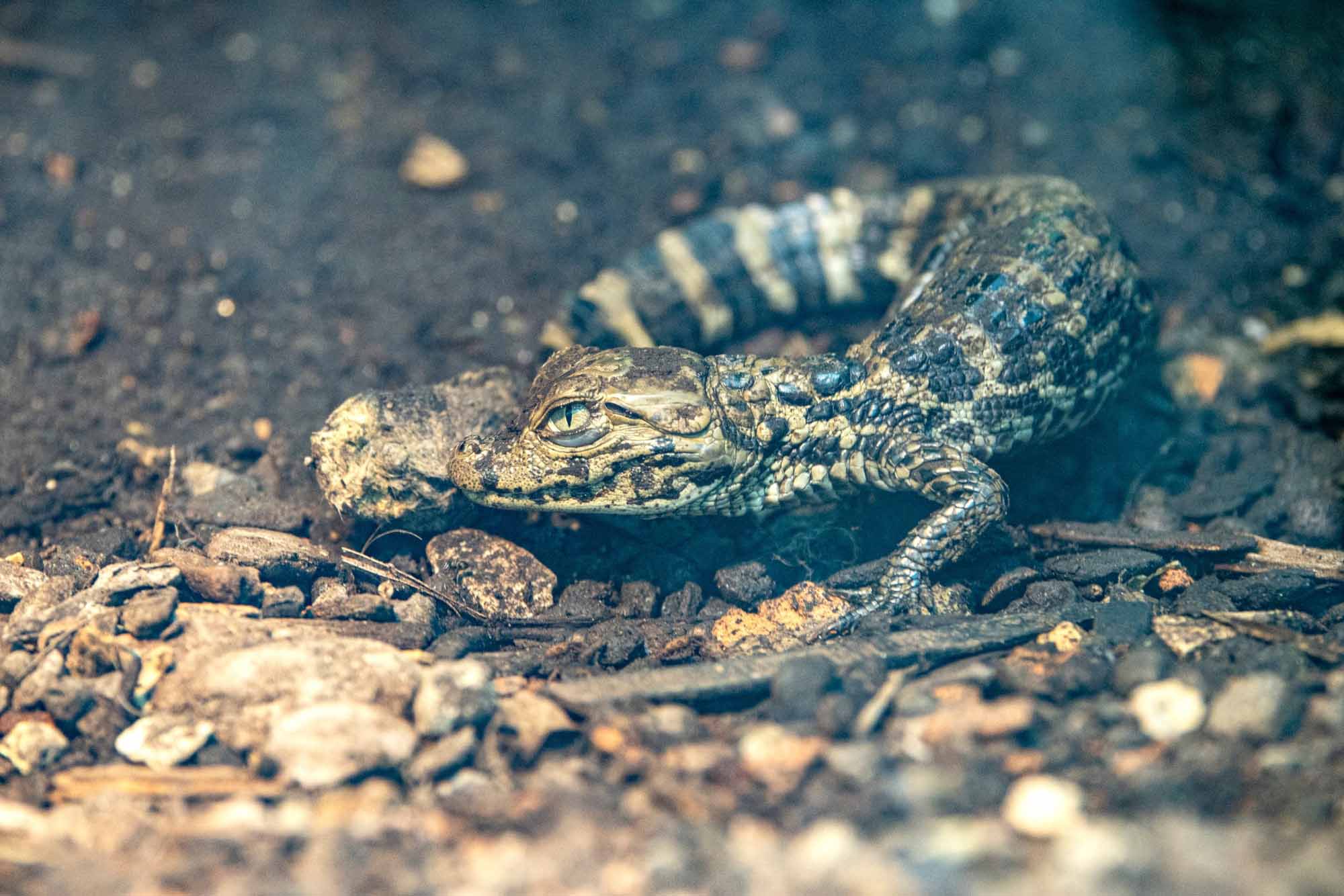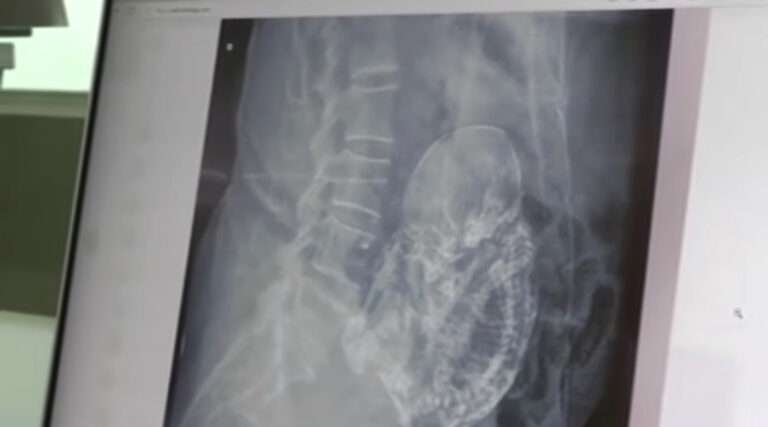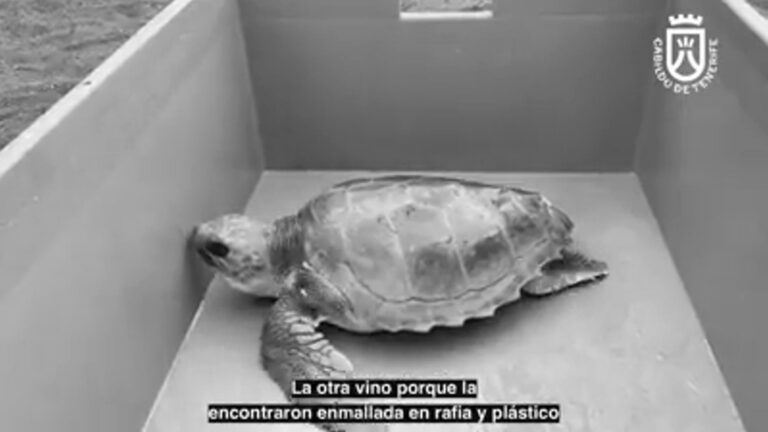A baby broad-snouted caiman has baffled zookeepers by nipping out a month ahead of schedule.
The tiny croc was spotted by delighted zoogoers in Zurich, Switzerland, on 28th June who broke the news to astonished staff.
The Zurich Zoo revealed in a statement obtained by Newsflash how a visitor told them: “There’s a baby crocodile crawling around in the terrarium.”
Video footage of the youngster shows it trying to stand stock still in the croc terrarium using its camouflaged hide to disappear in the mud and undergrowth.
Keepers later discovered that the 20-centimetre-long (7.8 inches) and 150-gramme-heavy (0.3 lbs) youngster had hatched weeks earlier than they expected.
Its mother began building a mound nest made of soil, plants and stones at the beginning of the year which she used to incubate her eggs.
But keepers miscalculated the birth date and thought they had until July before the first of the young reptiles would emerge.
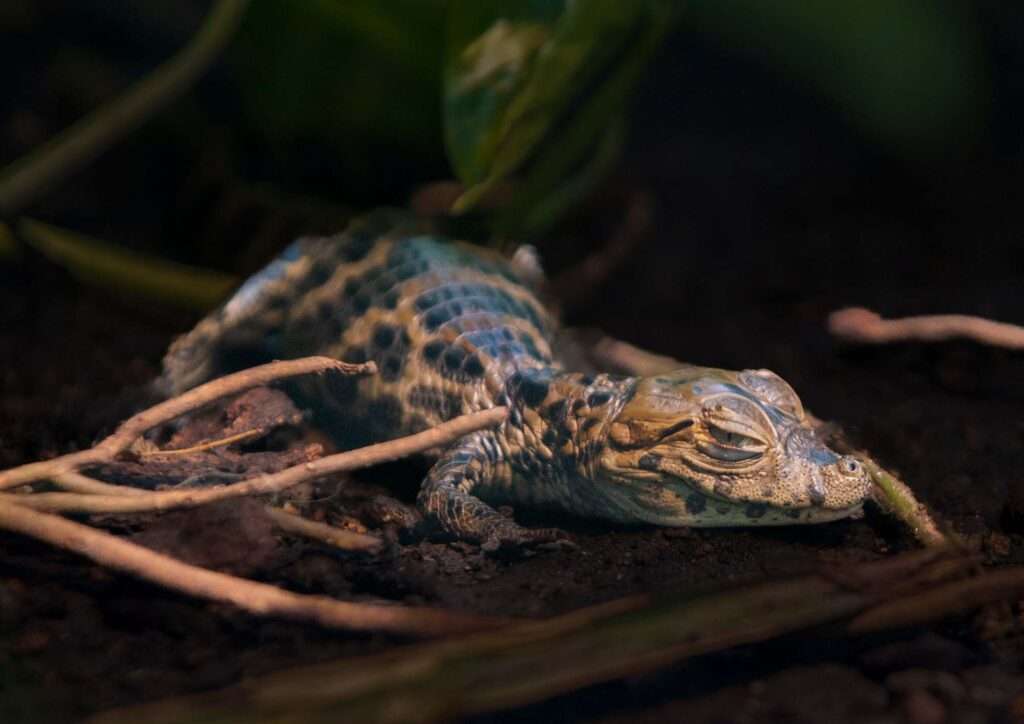
Caiman mums usually stop working on their nests as soon as their eggs have been laid.
But this one carried on digging, fooling keepers into believing she had not given birth yet.
The zoo said: “They assumed that they were laid shortly before and calculated the hatching date accordingly.
“Apparently the female caiman laid eggs unnoticed and successfully deceived everyone by continuing to dig.”
Zurich Zoo explained that the nest’s decomposing plant material acts like a compost heap and warms the clutch.
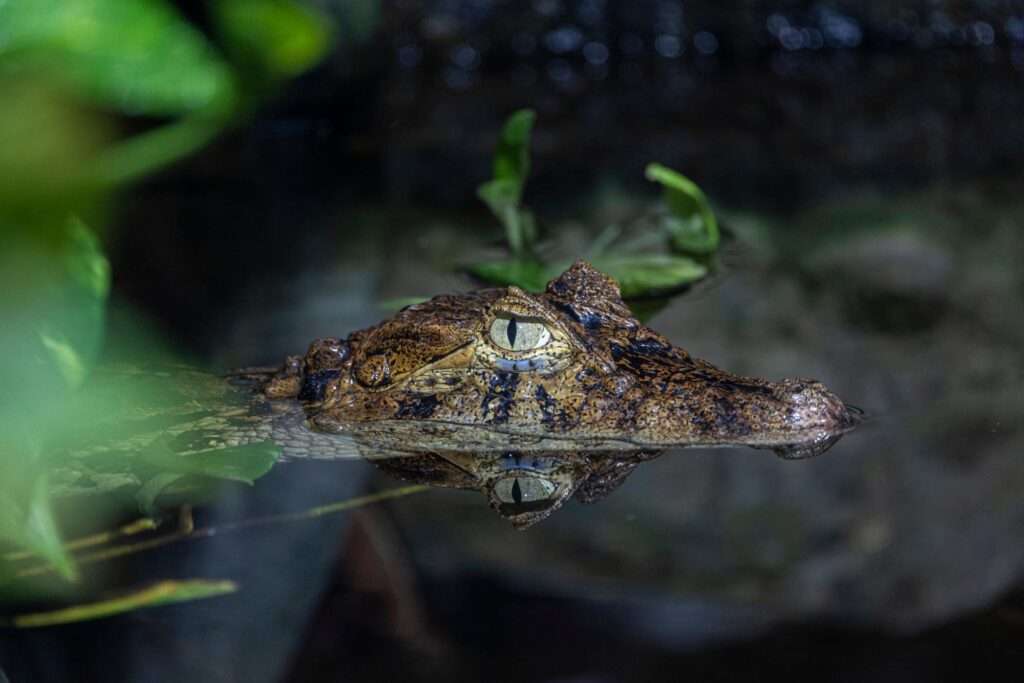
They said: “The ambient temperature determines the sex of the young.
“If the eggs are particularly high up, where they benefit from additional sunlight, females hatch from them.
“From eggs that are in the lowest cool part of the hill nest, the same.
“If the temperature is in the middle range, male broad-snouted caimans hatch.”
The little nipper is the first offspring of a pair of 13-year-old broad-snouted caimans that have lived in the zoo for three years,
Vets should determine its gender in the next few weeks.
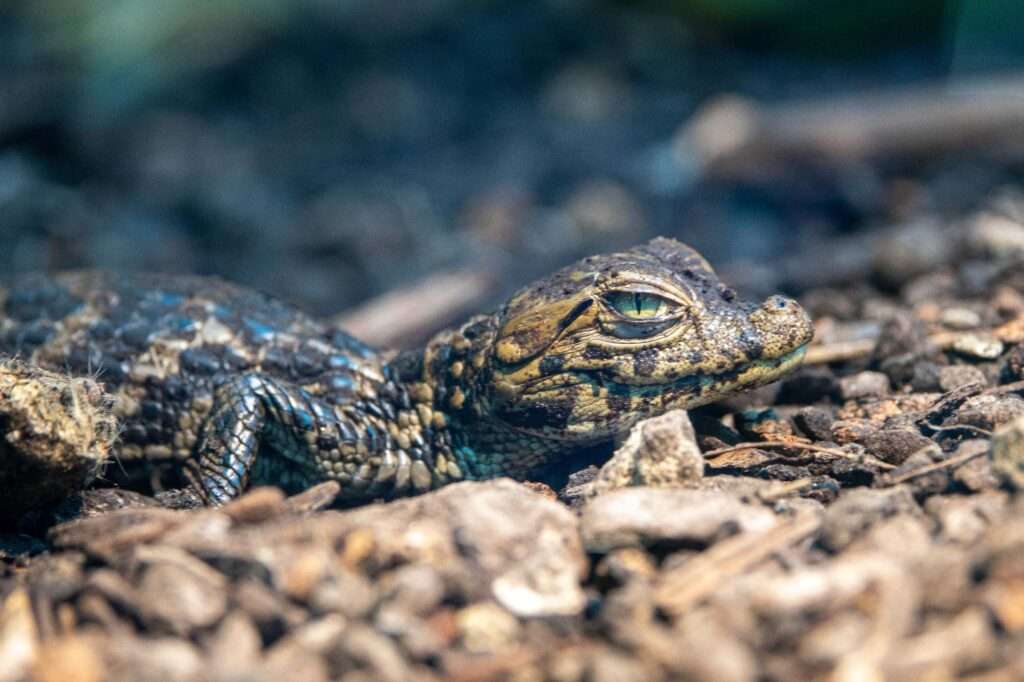
Broad-snouted caimans are native to eastern and central South America, including southeastern Brazil, northern Argentina, Uruguay, Paraguay, and Bolivia.
The species is listed on CITES – the treaty to protect endangered plants and animals from the threats of international trade – due to habitat destruction, illegal hunting and construction of large hydroelectric dams.
To find out more about the author, editor or agency that supplied this story – please click below.
Story By: Georgina Jadikovska, Sub-Editor: Marija Stojkoska, Agency: Newsflash
The Ananova page is created by and dedicated to professional, independent freelance journalists. It is a place for us to showcase our work. When our news is sold to our media partners, we will include the link here.

